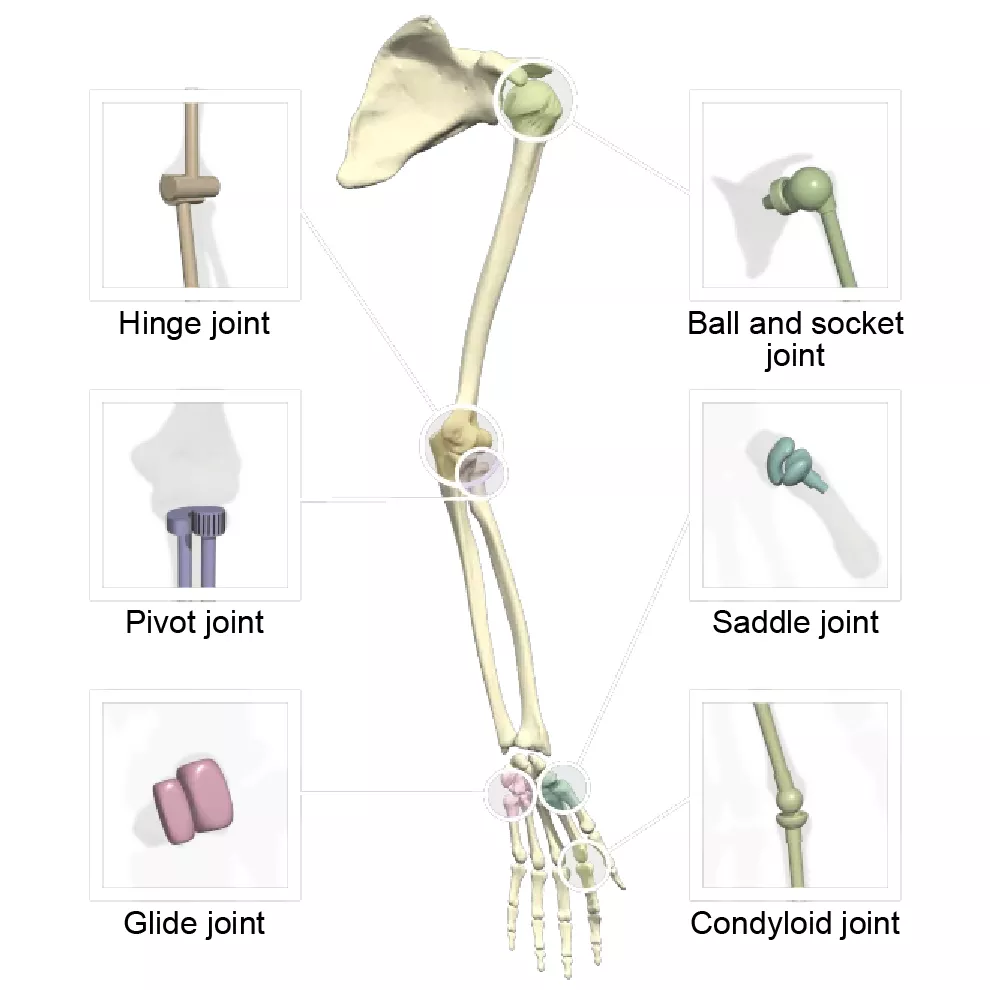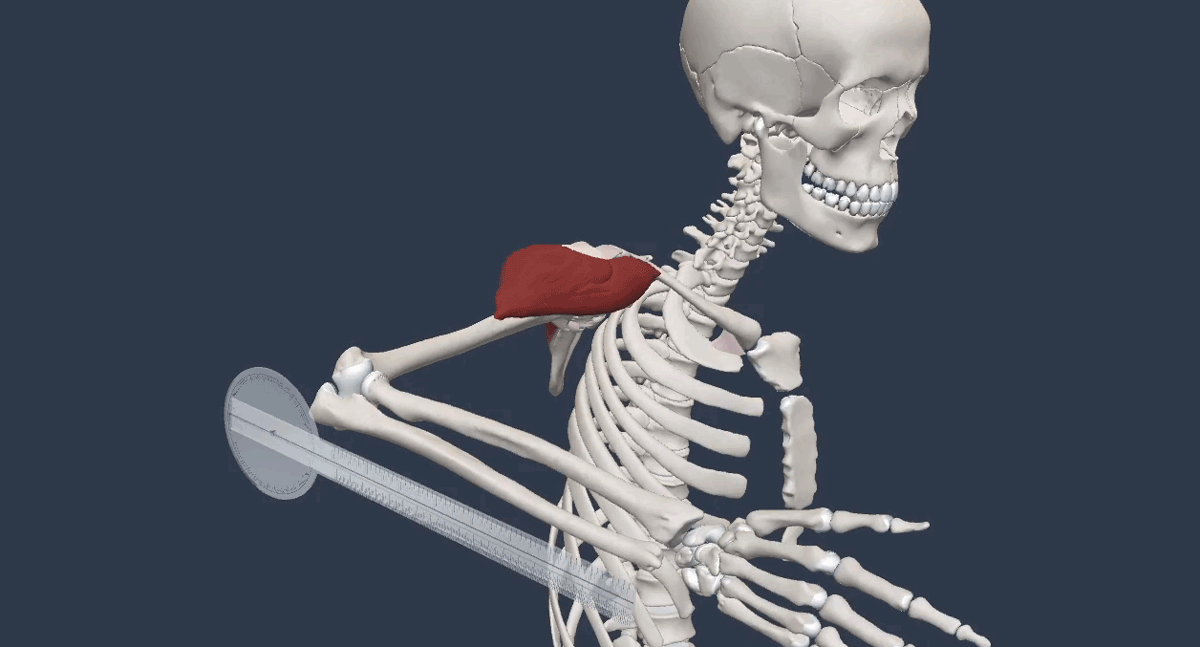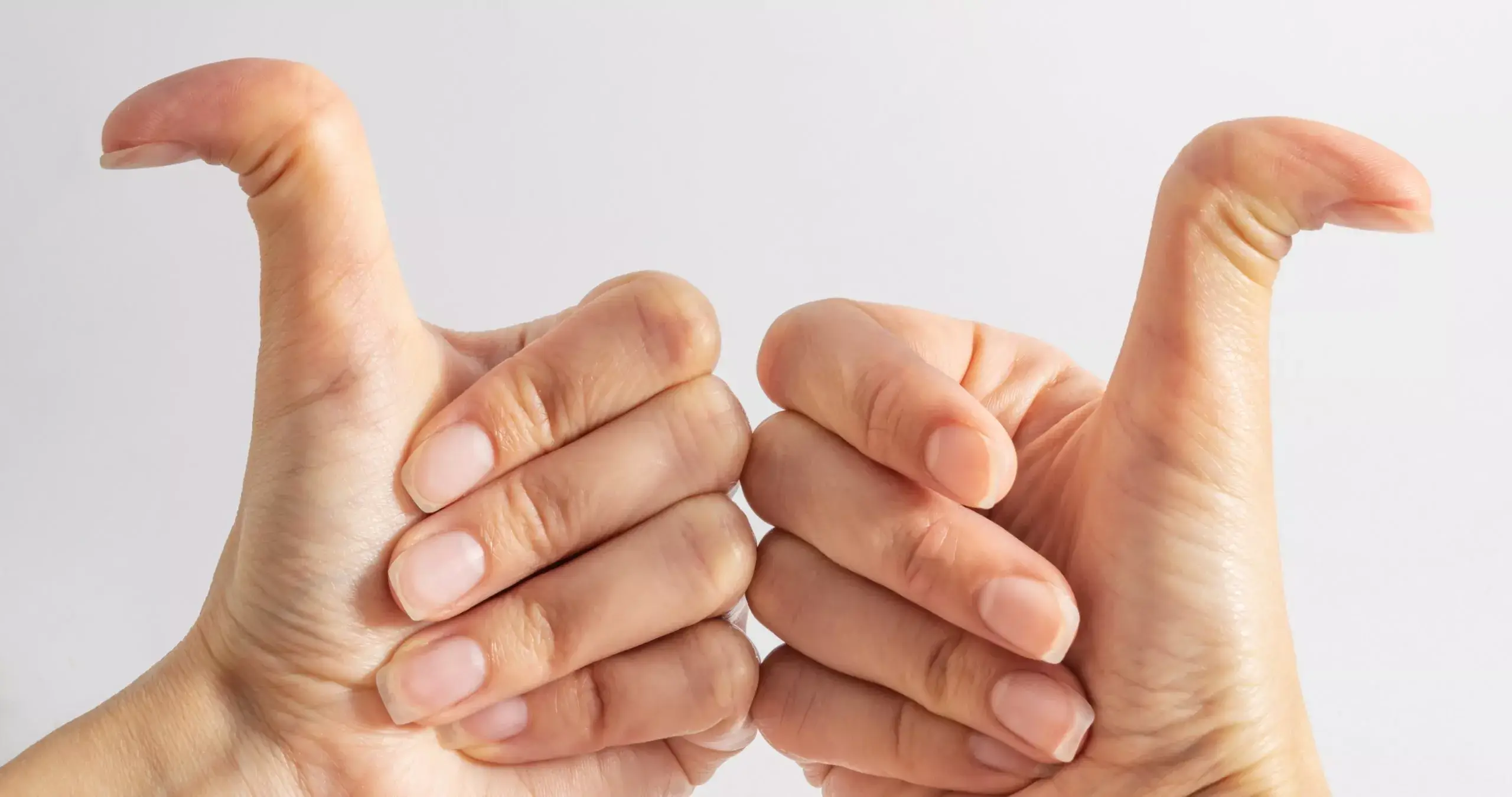Most people have heard of the term ‘double-jointed’ but what does it really mean? Are you able to bend your thumb backward with ease? Or can you move your limbs into positions other people find impossible? Then you likely have hypermobility of your joints, with a greater range of motion than the general public, making them extremely flexible in certain areas.
About 30% of the adult population, the majority of which are women, are naturally double-jointed – although its prevalence does decrease with age. People of Asian and Afro-Caribbean descent are more likely to have this genetic flexibility, and people on the Indian subcontinent have more supple hands than their European counterparts.
Slight hypermobility is not normally an issue. Ballet dancers and gymnasts purposefully increase their mobility through focused training to stretch their muscles and this increased flexibility helps them excel in their field. However, some types of genetically-inherited joint hypermobility can also be bad for you and an underlying cause of conditions such as joint hypermobility syndrome (JHS), Ehlers-Danlos syndrome and other hypermobility spectrum disorders (HSD) we will explore later in this article.
Which type of joints are most prone to hypermobility?
The most commonly affected joints of joint hypermobility are your elbows, wrists, fingers and knees. And out of the three main types of joints we have in our body – fibrous, cartilaginous and synovial – the synovial joints are most prone to hypermobility. This is because they have a fluid-filled cavity that surrounds the articulating bones. This articular cartilage helps to absorb shock impact and reduce friction during movement, allowing our body to move freely during physical activity.
Synovial joints can be further differentiated into six types, depending on the movement they produce:
- Ball-and-socket joints are multiaxial and provide almost complete rotation on all axis and planes, like your shoulder or hip. It is made up of a bone with a spherical head that fits into the cup-like area of another bone.
- Hinge joints are uniaxial and like hinges on a door can only move in one direction, like your elbow or knee. They only allow flexion and extension of the joint.
- Saddle joints are biaxial and only move in two planes, such as the carpometacarpal joint at the base of the thumb. The bones at this joint are concave in one direction and convex in the other direction so they sit one on top of the other.
- Pivot joints are uniaxial but can move or “pivot” on a single axis, like your skull, ankles and wrists. A cylinder-shaped bone rotates within an osteoligamentous (ligament) ring.
- Gliding joints are uniaxial and are found in the intercarpal bones like the spine. These bones are relatively flat and slide over each other from side to side so the movement in this type of joint is limited.
- Condyloid joints are biaxial and part of the metacarpophalangeal joints, which connect your palm to your fingers. The oval surface of one bone fits into the oval concave surface of another bone, allowing flexion, extension, abduction and adduction movements.

Range of motion
The six types of synovial joints all have different degrees of mobility, and the range of motion refers to the capability of these joints to stretch to their fullest extent. Range of motion can either be active or passive:
- Active – You are the one working your joints when you exercise or stretch. Two opposing muscles contract and relax to permit movement, and there is usually less range than passive range of motion.
- Passive – Someone else, a physical therapist for example, is stretching your leg or rotating your arm to its fullest range of motion to help you become more flexible.

Range of motion is measured using a goniometer, which determines the angle from the axis of a joint. It can be used by physical therapists to measure the initial range of motion of a joint, and how it increases with therapy. There are two versions: a shorter one for small joints like the wrist and ankle, and a longer one to measure knee and hip joints.
Just as physical therapy helps to enhance the range of the synovial joints, people with hypermobility have increased motion that goes beyond the standard range of measurement.
When is hypermobility a problem?
Although slight hypermobility in most people isn’t considered a clinical condition, it can become serious if joints are extremely hypermobile and cause pain. The terms joint hypermobility syndrome (JHS) or hypermobility spectrum disorder (HSD), is used to refer to such cases. JHS was first described by Kirk, et al. in 1967 and although it manifests in several conditions, the main criteria are a looseness of collagen in the joints. Celebrities have started to speak out about having the condition, such as actor Lena Dunham, singer Sia and para-triathlete Allysa Seely.
Below are various causes of JHS:
- Genetics – Faulty genes can result in abnormal collagen or elastic fibers that make up the ligaments that hold your joints together, making your joints looser.
- Bones – Unusually shallow joint sockets allow for a greater range of motion, but also a risk of dislocation.
- Abnormal proprioception (kinesthesia) – Abnormally relaxed muscles due to poor muscle tone, which could be a result of nervous system impairment, can allow for more movement in your joints.
- Exercise – Training for ballet and athletics, as mentioned above, can lead to joint hypermobility.
- Existing conditions – Down syndrome, Marfan syndrome, Osteogenesis imperfecta and Ehlers-Danlos syndrome can increase the risk of joint hypermobility. Studies have also concluded there is a high rate of hypermobility linked with neurodevelopmental disorders such as autism, ADHD and Tourette’s.
Symptoms of hypermobility
Symptoms of JHS/HSD can range from mild to severe, impacting people’s lives in various ways:
- Joint pain (stiffness or swelling, especially after physical activity)
- Back and neck pain
- Clicking joints
- Chronic fatigue syndrome
- Sleep disruption due to night pains
- Clumsiness
- Joint instability (full or partial dislocations)
- Greater risk of soft tissue injuries (sprains and sports injuries)
- Other symptoms that you might not associate with JHS/HSD, but could be related are digestive system problems, autonomic nervous system issues, chronic headaches, flat feet and bruising.
Treating hypermobility conditions
Mild hypermobility normally doesn’t require treatment, but if it is severe and causing you chronic pain several treatments can help:
- Low-impact exercise such as swimming and cycling may help you stay fit without putting too much pressure on your joints. Physical therapy can help concentrate on certain areas, allowing you to return to exercise without pain. You can also try wearing a splint or elastic bandage for support.
- A healthy diet and lifestyle can ease the pressure on your joints and improves their strength.
- Good sleeping habits can help, such as maintaining a set bedtime, having a comfortable bed/calming room and relaxing before bed.
- Wearing shoes that have insoles to support your feet can help balance and reduce pain in your foot, ankle, hip and lower back.
- Applying a heat pad or heat cream can help soothe painful joints.
- Propping up the painful joint on pillows or using an ice pack wrapped in a towel can help if you have overstretched during exercise.
- Occupational therapy and painkillers can be used for further treatment.
The images used in this piece have been taken from Primal’s Anatomy & Physiology and Real-time Functional Anatomy modules. To learn more about Real-time Functional Anatomy – which marries the anatomically accurate movements of our Functional Anatomy models with the interactive flexibility of our Real-time technology – or other Primal digital content, please fill in the form here and our team will be in touch.
